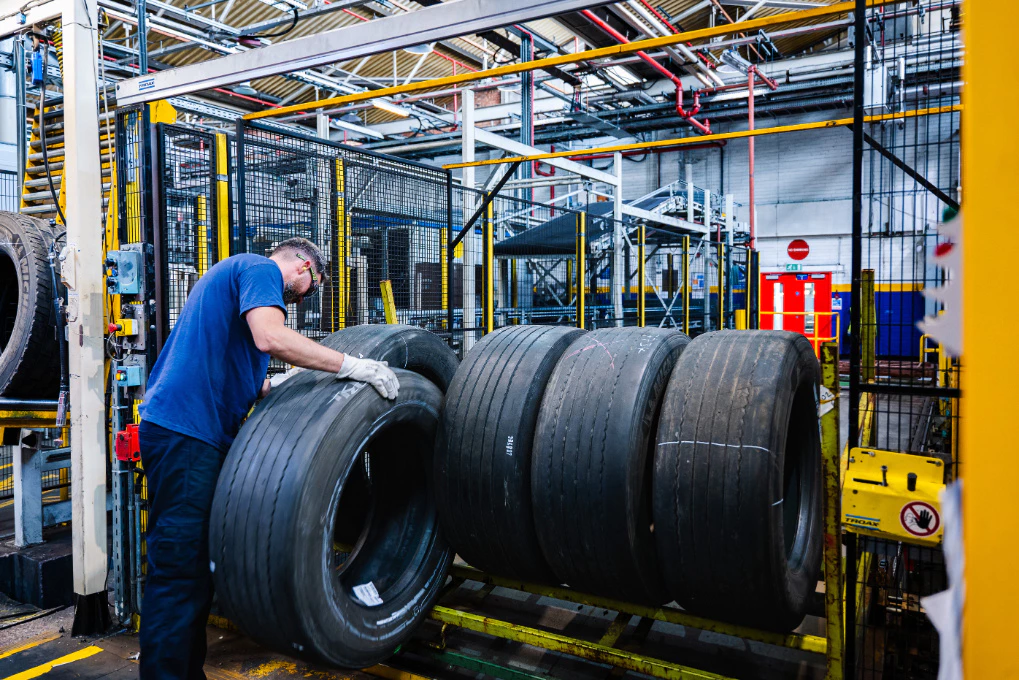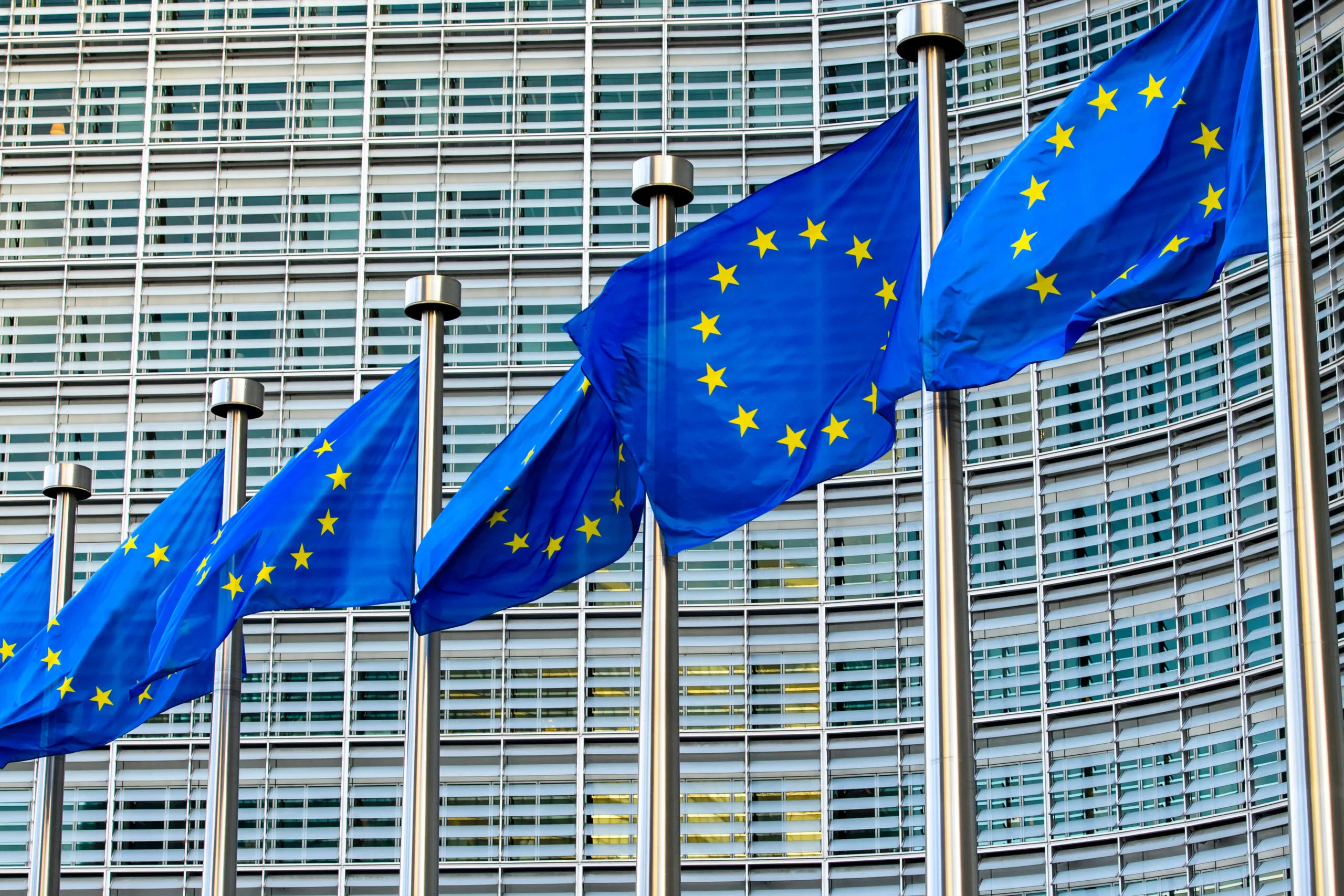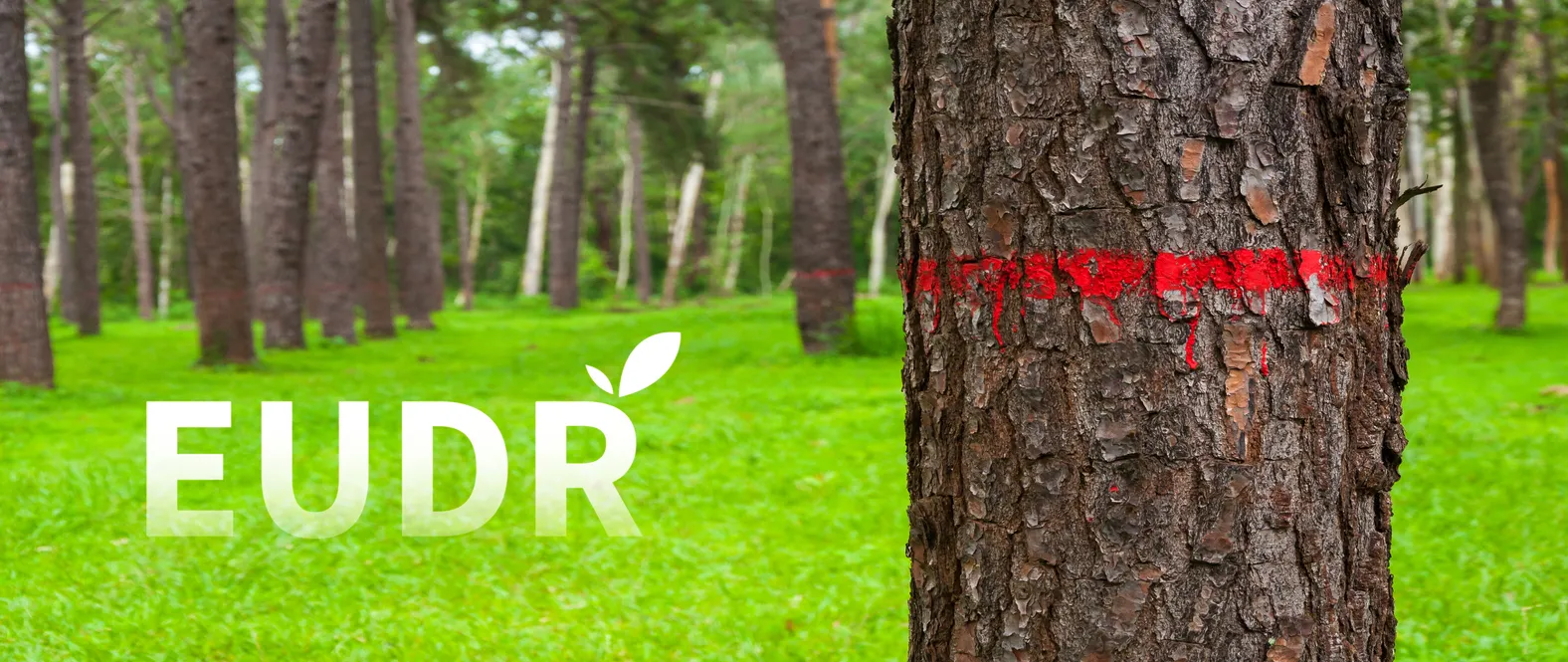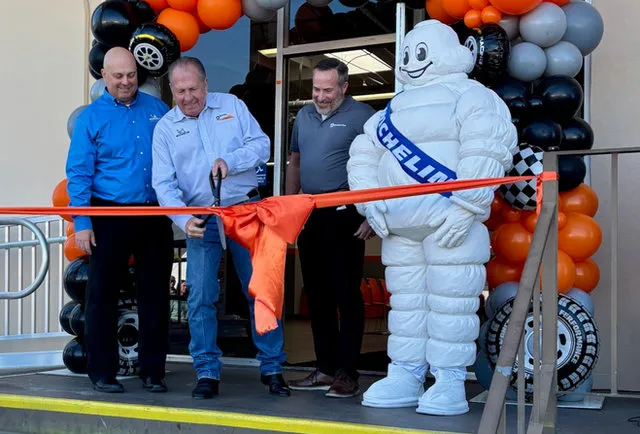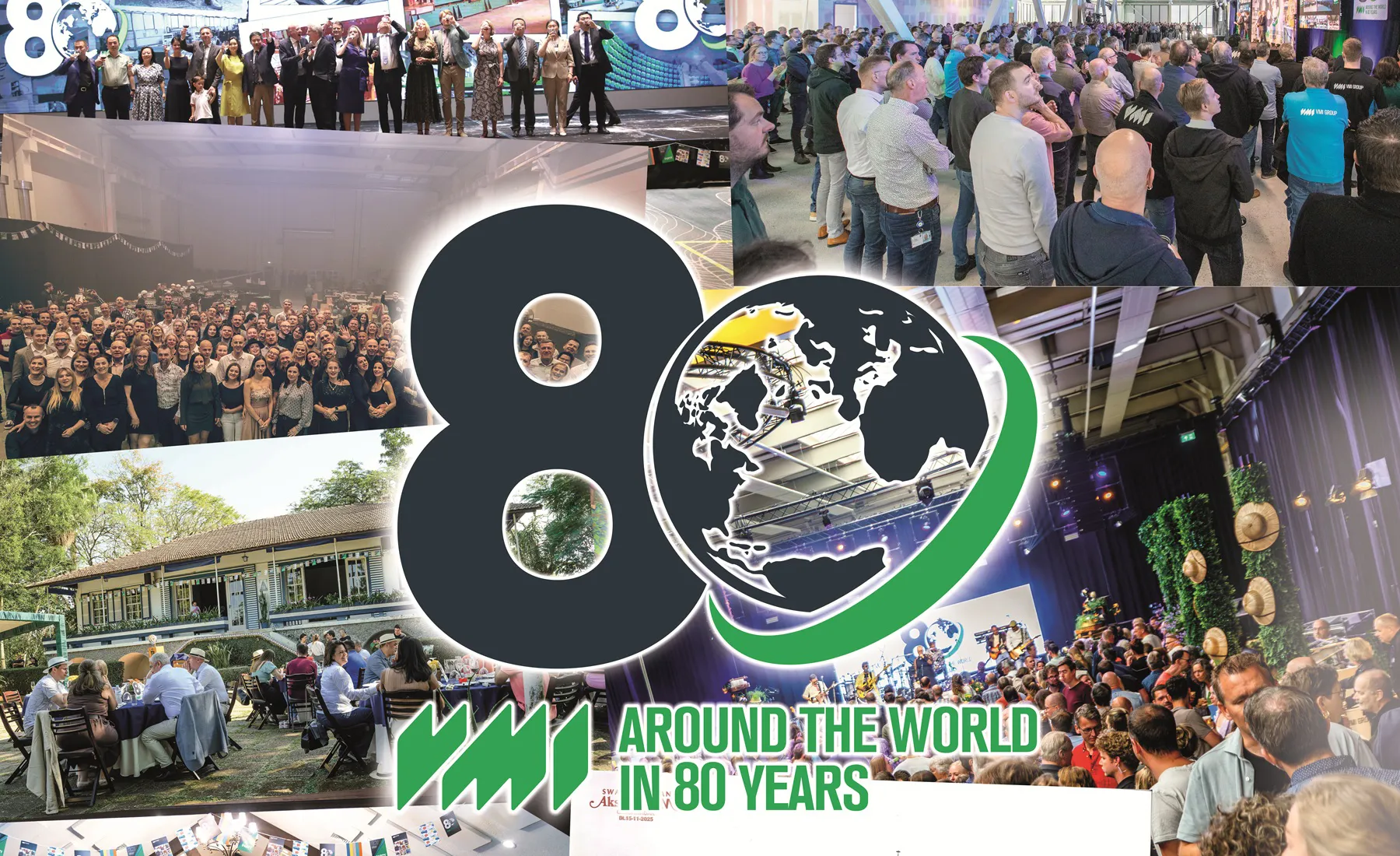In May 2025, EuRIC (European Recycling Industries’s Confederation) released its manifesto that called for urgent action to develop a competitive tyre recycling sector in Europe through five key policy recommendations, which also included considerations for the tyre retreading industry. After analysing the manifesto, the ETRMA gave its perspective issue a formal response.
Tyre Retreading as a Circular Economy Lever: Policy and Practice
For the purpose of this article, we will be summarising the policy positions in relation to retreading from both organisations. For a comprehensive overview ...
Tyre Retreading as a Circular Economy Lever: Policy and Practice
For the purpose of this article, we will be summarising the policy positions in relation to retreading from both organisations. For a comprehensive overview ...

